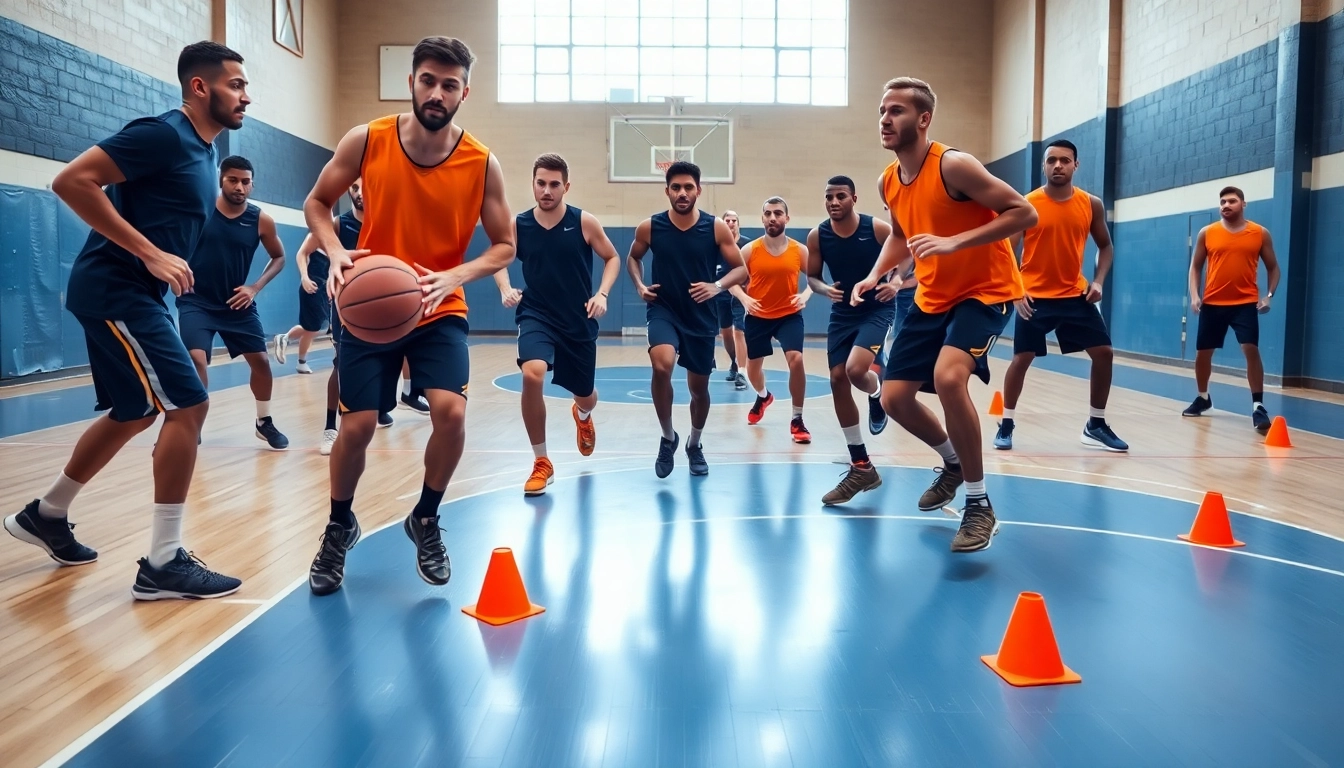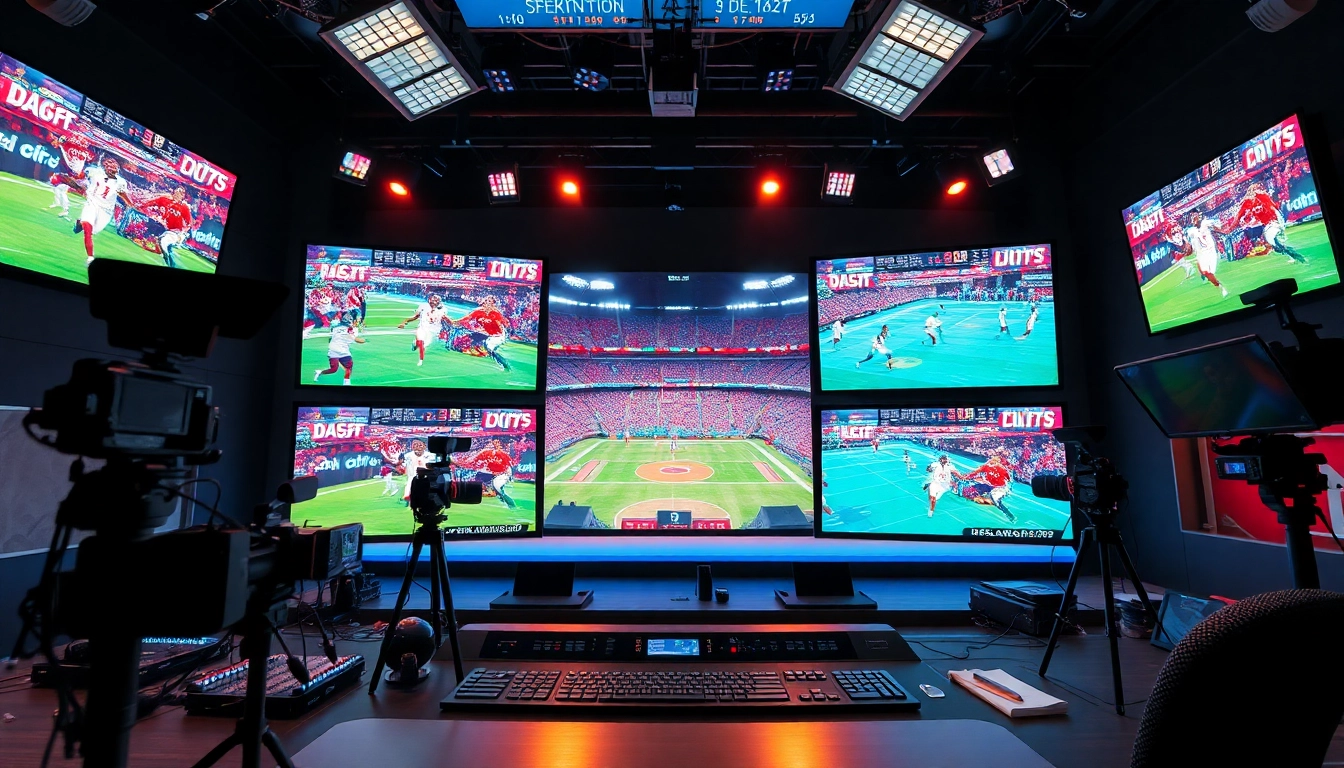Understanding the Best Basketball Training Programs
Basketball is a sport that requires not just physical ability but also a deep understanding of the game. Training programs designed to enhance basketball skills are critical, whether for beginners or seasoned players aiming to refine their techniques. The best basketball training programs offer structured environments to help athletes develop agility, strength, and mental resilience. To maximize the benefits, it’s essential to understand what makes these training programs effective and how to choose the right one that suits your specific needs.
What Makes a Training Program Stand Out?
A standout basketball training program incorporates several key elements that contribute to a player’s development. First, the program must align with the athlete’s current skill level and future aspirations. For instance, training that focuses solely on advanced shooting techniques may not benefit a beginner who is still mastering basic ball handling.
Additionally, the expertise of the coaching staff plays a crucial role. Coaches should possess not only a strong knowledge of the game but also the ability to communicate effectively with athletes. Their experience in competitive basketball and understanding of player psychology significantly enhance the training effectiveness.
Finally, a well-rounded program should provide a balance of physical training, skill drills, and mental conditioning. Incorporating video analysis and feedback allows players to visualize improvement areas, making the training more dynamic and responsive to individual needs.
Key Components of Effective Basketball Training
Effective basketball training programs share some common components that can enhance the learning experience:
- Comprehensive Assessment: Understanding each player’s strengths and weaknesses through evaluations at the start of the program ensures tailored training plans.
- Skill Development: Programs should cover a range of skills, including dribbling, shooting, passing, and defensive techniques, to develop versatile players.
- Fitness Training: Basketball requires high levels of cardiovascular fitness and strength. Including conditioning drills is essential for building stamina and physical resilience.
- Mental Conditioning: Teaching mental strategies, such as visualization and focus techniques, can help players perform under pressure.
How to Choose the Right Program for Your Needs
Choosing the right training program involves several considerations:
- Identify Goals: Determine what you want to achieve, whether it’s improving shooting accuracy, learning defensive strategies, or preparing for competition.
- Evaluate the Curriculum: Review the curriculum of the program to ensure it aligns with your skill level and goals.
- Research the Coaches: Investigate the credentials and backgrounds of the coaching staff to ensure they have a proven track record in developing players.
- Consider Reviews and Testimonials: Look for feedback from past participants to gauge program effectiveness.
Types of Basketball Training Programs Available
Basketball training can be categorized in various ways, allowing players to choose the most suitable option based on their needs and lifestyles. Understanding these types will help in making a more informed decision.
In-Person vs. Online Training: Pros and Cons
With the digital age providing access to numerous resources, basketball training programs now exist in both physical and virtual formats.
- In-Person Training: Offers direct interaction with coaches, which can provide immediate feedback and hands-on guidance. The social aspect of training in a team environment can also enhance motivation.
- Online Training: Provides flexibility for athletes to train from anywhere, often at a lower cost. Access to a vast library of resources and training videos allows self-paced learning.
However, it’s important to consider the self-discipline required for online training, as well as the potential lack of personalized feedback compared to in-person training.
Individual Coaching vs. Group Sessions
Another critical decision is whether to pursue individual coaching or join a group session:
- Individual Coaching: This option allows for personalized attention, focusing on specific areas for improvement. Coaches can adapt sessions to the player’s learning pace and provide targeted drills.
- Group Sessions: These foster a competitive environment as players can learn from one another. Group training often simulates real-game scenarios, improving teamwork and communication skills.
Seasonal Camps and Clinics: What to Expect
Seasonal camps and clinics offer an intensive training experience typically focused on specific skills or strategies. These programs range from a few days to several weeks and are usually tailored according to age and skill level. Players can expect:
- Focus on Fundamentals: Camps often emphasize basic skills while introducing advanced techniques in a structured environment.
- Exposure to Expert Coaches: Participants often benefit from learning under highly experienced coaches and occasionally guest professional players.
- Opportunities for Game Play: Many camps incorporate scrimmages to apply learned skills in competitive settings.
Essential Skills Developed in Top Training Programs
The best basketball training programs focus on various critical skills that are essential for player development. Each skill set builds a foundation for competent performance on the court.
Ball Handling and Dribbling Techniques
Effective ball handling is fundamental to basketball. Training should include:
- Dribbling Drills: Drills that enhance control and movement while dribbling are essential. Exercises may include cone drills, zig-zag dribbling, and two-ball dribbling to develop dexterity and coordination.
- Changing Pace and Direction: Learning to change speed while dribbling can help players shake defenders. Fundamental moves like crossovers and hesitations should also be practiced prominently.
Shooting Drills That Improve Accuracy
Shooting is one of the most critical elements of scoring in basketball. Key aspects of shooting drills include:
- Form Shooting: Developing shooting form through repetition helps establish muscle memory. Players should focus on their wrist action, foot positioning, and follow-through.
- Spot Shooting and Game Shots: Incorporating shots from various spots on the court, including off the dribble and catch-and-shoot scenarios, allows players to practice realistic scoring situations.
Defensive Skills and Conditioning
Effective defense is just as important as a strong offense. Top training programs emphasize:
- Footwork and Positioning: Drills that teach proper stances, lateral movement, and help defense will prepare players for various offensive threats.
- Conditioning: Defensive skills require excellent stamina. Fitness drills focusing on quick sprints, agility, and endurance are vital for maintaining defensive pressure throughout the game.
Measuring the Effectiveness of Basketball Training
To ensure that the time and resources spent on training effectively translate to improvement on the court, it is essential to have a system in place for measuring progress.
Performance Metrics to Track Progress
Quantifying improvement can provide motivation and direction. Key metrics to track may include:
- Shooting Percentages: Calculating field goal, three-point, and free throw percentages can establish shooting efficiency.
- Ball Handling Stats: Tracking turnovers versus assists during scrimmages can indicate improvements in control.
- Fitness Metrics: Assessing speed and agility times provides insights into physical conditioning advancements.
Feedback Mechanisms from Coaches
Regular feedback is paramount. Coaches should provide constructive criticism and positive reinforcement to guide player development. Examples may include:
- Video Analysis: Reviewing game footage can highlight areas needing improvement and validate effective techniques.
- One-on-One Feedback Sessions: Incorporating times for players to discuss their performance and areas for growth with coaches will enhance communication and mutual understanding.
Success Stories from Training Participants
Real-life examples and testimonials from former participants can motivate and inspire current players. Programs should highlight:
- Player Progress: Sharing stories of athletes who have successfully transitioned to higher levels of play after training.
- Personal Testimonials: Encouraging players to share experiences can build a community narrative that resonates with others.
Integrating Training with Overall Development
Basketball training should not occur in isolation; it should be part of a holistic development strategy for players.
The Role of Nutrition and Fitness in Training
Nutrition plays a pivotal role in an athlete’s performance and recovery. Key considerations include:
- Balanced Diet: Ensuring a nutrition plan rich in whole foods, lean proteins, and healthy fats, tailored to provide necessary energy levels for rigorous training.
- Hydration: Maintaining proper hydration levels is vital, especially in high cardio routines.
Developing a Well-Rounded Player Mindset
An athlete’s mental approach significantly impacts performance. Conditioning the mind can involve:
- Visualization Techniques: Encouraging players to visualize successful performances can enhance confidence and focus.
- Mindfulness Practices: Techniques such as meditation can help improve concentration and reduce competitive anxiety.
Community and Support Networks for Players
Building connections within the basketball community enhances player motivation and support. Examples include:
- Peer Mentoring: Players can benefit from having mentors who have experienced similar training and competitive structures.
- Support Groups: Creating forums or groups for discussion, sharing training tips, and supporting each other can significantly boost morale and drive.



